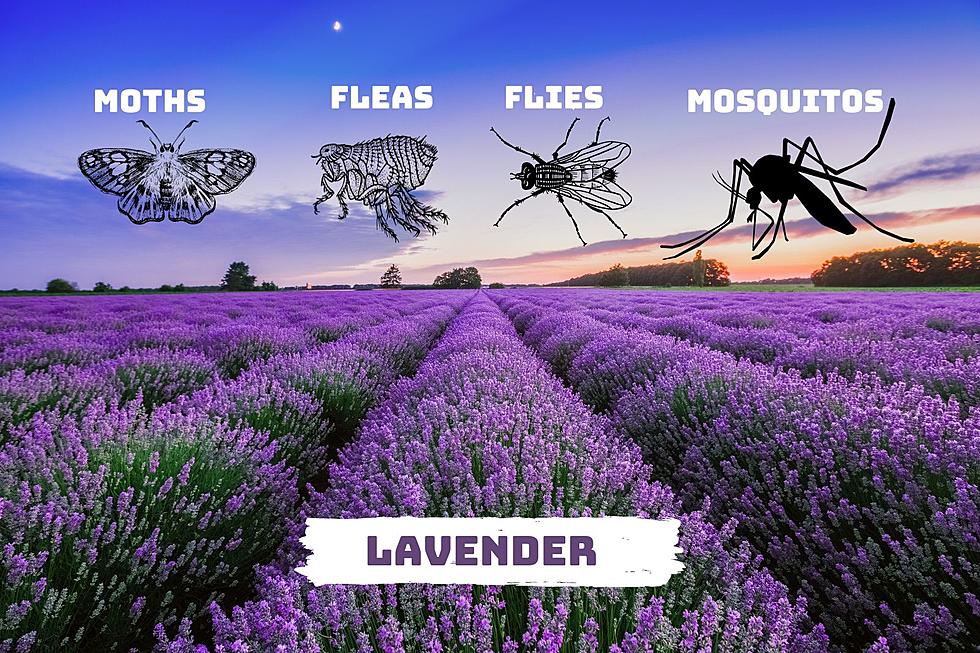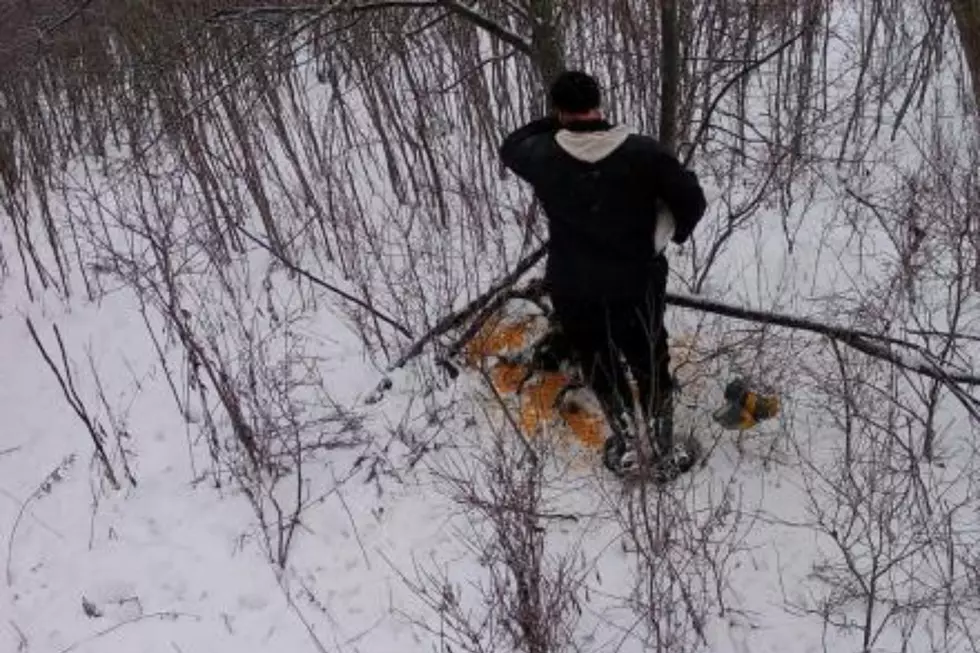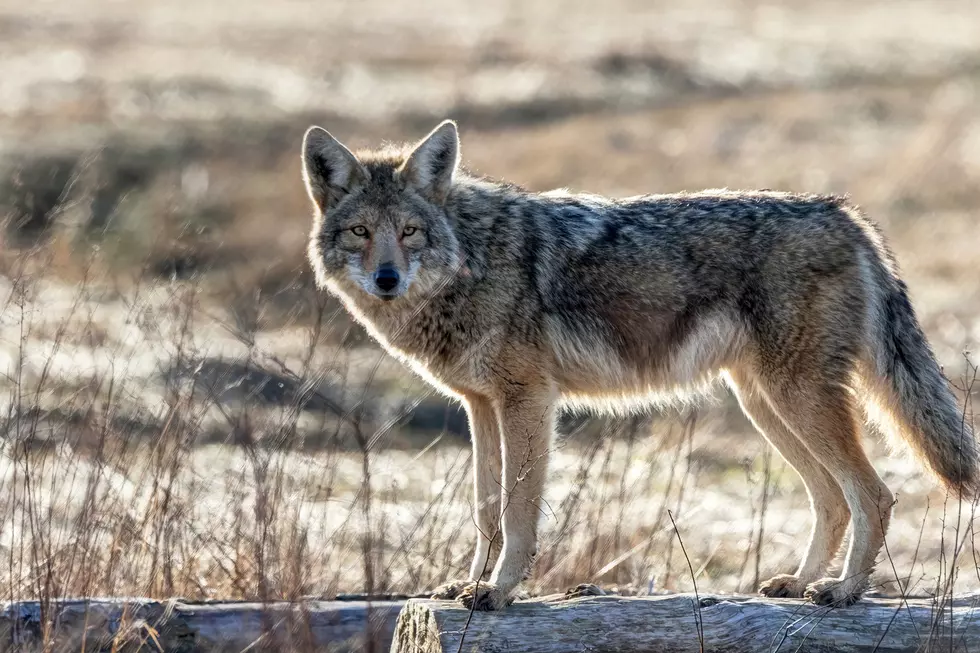
The “Spring Flush” – The Busiest Time of the Year on the Farm- Ag Matters
There is one adage that has remained true on the farm for eons, "Gotta make hay while the sun shines." With spring comes a full workload of chores, while at the same time milk production is at it's highest. Marylynn Collins at Cornell Cooperative Extension says now is the best time to improve cash flow and makeup for lost production.
With little to no upward movement in the forecasted milk prices, tight margins are expected to continue for dairy producers as we head in to the spring flush of milk production. Spring work is in full swing across the county causing a shift in work priorities. Given the depressed milk prices, one priority issue that should remain on top is the issue of monthly cash flow. With the increased work load this time of year provides, dairy producers must not over-look the opportunities to capture lost milk production. When milk prices remain low, the ability to increase volume of milk produced can be one way to improve cash flow.
We are just weeks away from first cutting hay harvest. Focus on quality of harvested hay crops now to reduce the quantity of purchased protein needs later in the year. Planning ahead now to have equipment repairs completed and harvest crews in place will help to ensure that first cutting is captured in a timely manner and a high quality feed source is stored.
Plan ahead for summer heat. When it’s overcast and cool it’s difficult to think about heat abatement, but summer heat is coming. Are barn fans in working order and clean to ensure they are working at maximum efficiency? When were water tubs last cleaned? Do you have adequate watering space in your free stalls and are all water bowls functioning properly?
Don’t forget to make time for your transition cows and fresh cows. Spring work may pull you in many directions, but you must get the fresh cows off to a good start. The goal of 5% or less cows culled or dead prior to 60 days in milk is critical to keeping milk flowing into the tank.
Review your cull cow selection criteria. Are you feeding and milking the best in your herd? Can you afford to continue to house and feed poor producers? Are there first calf heifers waiting to replace those cows that are ready for a career change?
SOURCE: Cornell Cooperative Extension - Marylynn Collins
More From Big Frog 104









